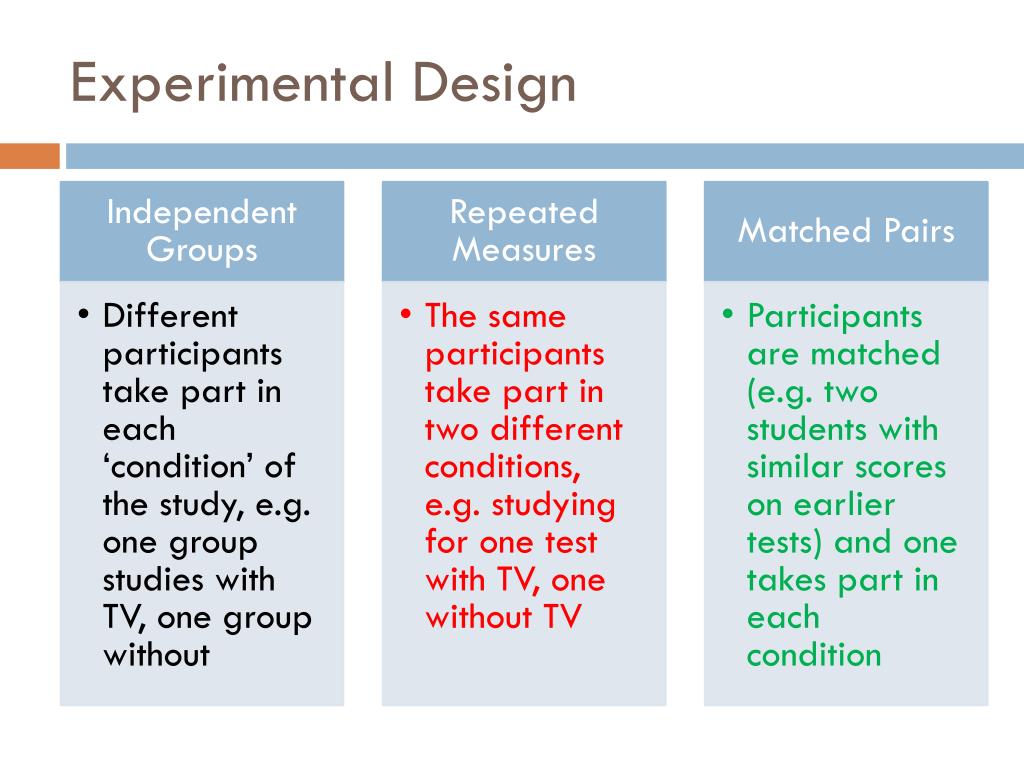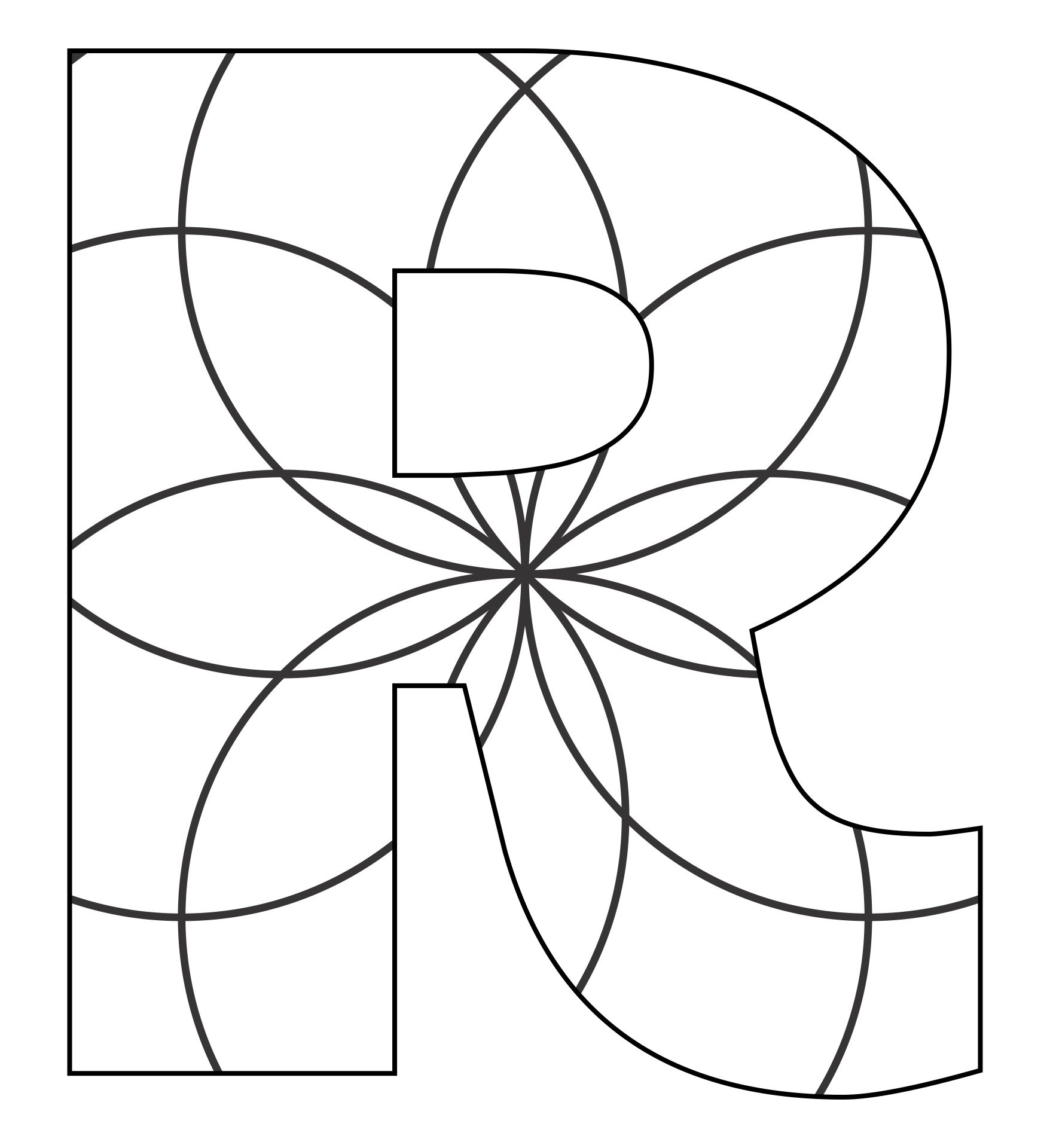Table Of Content

Many interventions last a few weeks or months to complete, particularly therapeutic treatments. Finally, you will administer your post-test to both groups to observe any changes in your dependent variable. What we’ve just described is known as the classical experimental design and is the simplest type of true experimental design. All of the designs we review in this section are variations on this approach. In studies that use experimental design, the independent variables are manipulated or controlled by researchers, which enables the testing of the cause-and-effect relationship between the independent and dependent variables. An experimental design can control many threats to internal validity by using random assignment of participants to different treatment/intervention and control/comparison groups.
Cluster Randomized Design
The blocks are classified in such a way in the variability within each block should be less than the variability among the blocks. This block design is quite efficient as it reduces the variability and produces a better estimation. Apart from these types of experimental design research in statistics, there are other two methods used in the research process such as randomized block design and completely randomized design. These experiments minimise the effects of the variable to increase the reliability of the results.
Unit 3: Experiments with a Single Factor - The Analysis of Variance
Researchers still mess around with an independent variable and measure a dependent variable, but they skip over the whole randomization thing and often don't even have a control group. For instance, when researchers wanted to figure out if the Head Start program, aimed at giving young kids a "head start" in school, was effective, they used a quasi-experimental design. They couldn't randomly assign kids to go or not go to preschool, but they could compare kids who did with kids who didn't. Before we dig into the different types of experimental designs, let's get comfy with some key terms. Understanding these terms will make it easier for us to explore the various types of experimental designs that researchers use to answer their big questions.
Author & Researcher services

So, while Pre-Experimental Design may not be the star player on the team, it's like the practice squad that helps everyone get better. Although order effects occur for each participant, they balance each other out in the results because they occur equally in both groups. Now that you have a strong conceptual understanding of the system you are studying, you should be able to write a specific, testable hypothesis that addresses your research question. Please include what you were doing when this page came up and the Cloudflare Ray ID found at the bottom of this page.
Step 2: Write your hypothesis
The researcher could have participants study a single list that includes both kinds of words and then have them try to recall as many words as possible. The researcher could then count the number of each type of word that was recalled. There is a solution to the problem of order effects, however, that can be used in many situations. It is counterbalancing, which means testing different participants in different orders. The best method of counterbalancing is complete counterbalancing in which an equal number of participants complete each possible order of conditions.
On the other hand, the lack of control can make it harder to tell exactly what's causing what. Yet, despite these challenges, they remain a valuable tool for researchers who want to understand how theories play out in the real world. On the flip side, if the drug is showing promising results, the trial might be expanded to include more participants or to extend the testing period. In terms of its applications, besides healthcare and medicine, Sequential Design is also popular in quality control in manufacturing, environmental monitoring, and financial modeling. In these areas, being able to make quick decisions based on incoming data can be a big advantage.
Field Experiment Cons
In Factorial Design, researchers are not satisfied with just studying one independent variable. Nope, they want to study two or more at the same time to see how they interact. Alright, before we dive into the different types of experimental designs, let's get crystal clear on what experimental design actually is.
When will I have access to the lectures and assignments?
The D-optimal design that assigns three factors (a–c) at two levels each—low (unfilled circles) and high (filled circles)—to nine tubes on each of four shelves. The shelves are blocks and the design accounts for the main effects of the three factors and the three two-factor interactions. Each treatment is replicated at least four times, with treatments in tubes 3–7 on each shelf replicated five times. A particular combination of factor levels is a ‘treatment’ (with just a single factor, a treatment is simply a factor level) applied to an ‘experimental unit’, which is a test tube. The shelves are ‘blocks’, which are collections of experimental units that are similar in traits (e.g., light level) that might affect the experimental outcome1.
Design of complex neuroscience experiments using mixed-integer linear programming - ScienceDirect.com
Design of complex neuroscience experiments using mixed-integer linear programming.
Posted: Wed, 05 May 2021 07:00:00 GMT [source]
Psychology Resources
There is no guarantee that (i) the experiment can achieve good power, (ii) the model form is valid and (iii) the criterion reflects the objectives of the experiment. However, in an experiment with constraints, these assumptions can usually be specified reasonably. A, Prediction variance as a function of the fraction of design space (FDS). B, The variance profile across the range of concentrations for both designs. Customize the experiment for the setting instead of adjusting the setting to fit a classical design.
Next on our roster is the Correlational Design, the keen observer of the experimental world. Imagine this design as the person at a party who loves people-watching. They don't interfere or get involved; they just observe and take mental notes about what's going on.
All experiments are designed experiments; some of them are poorly designed, and others are well-designed. Well-designed experiments allow you to obtain reliable, valid results faster, easier, and with fewer resources than with poorly-designed experiments. You will learn how to plan, conduct and analyze experiments efficiently in this course.
It allows researchers to conduct experiments that answer specific questions. This step determines how you'll collect data to determine the study's outcome. You should seek reliable and valid measurements that minimize research bias or error. Quasi-experimental research is more common in educational studies, nursing, or other research projects where it's not ethical or practical to use randomized subject groups.
Study on How Rats Process Smell May Address Issue of Experiment Reproducibility - Lab Manager Magazine
Study on How Rats Process Smell May Address Issue of Experiment Reproducibility.
Posted: Sun, 04 Jun 2023 08:06:46 GMT [source]
This is just one of many examples of social scientific experimental research. Random sampling is a method for selecting a sample from a population, and it is rarely used in psychological research. Random assignment is a method for assigning participants in a sample to the different conditions, and it is an important element of all experimental research in psychology and other fields too. In a factorial design, participants are randomly assigned to one of several groups, each of which receives a different combination of two or more independent variables.
Computerized measures involve using software or computer programs to collect data on participants’ behavior or responses. These measures may include reaction time tasks, cognitive tests, or other types of computer-based assessments. This involves randomly assigning participants to different groups or treatments to ensure that any observed differences between groups are due to the treatment and not to other factors. This is a basic course in designing experiments and analyzing the resulting data. The course objective is to learn how to plan, design and conduct experiments efficiently and effectively, and analyze the resulting data to obtain objective conclusions.


No comments:
Post a Comment